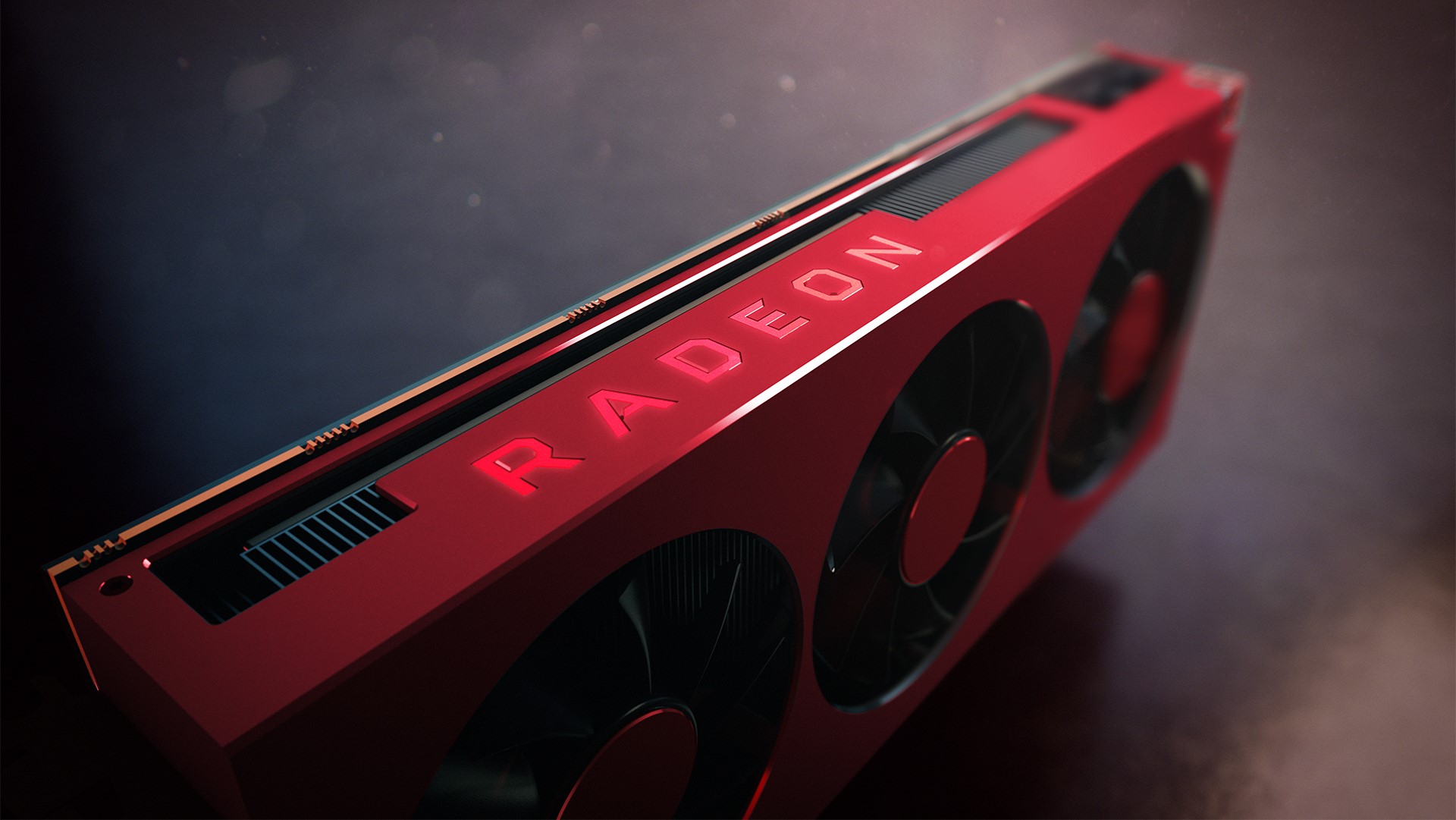AMD’s killer ‘Big Navi’ GPUs could come in four versions – but will they be enough to take on Nvidia RTX 3000?
Both rival GPU ranges are expected to launch very close to each other, possibly in September

AMD’s next-gen ‘Big Navi’ graphics cards will come in four different flavors, according to a fresh leak, which also imparted details on the other GPUs we can expect to see from AMD hopefully later this year.
Rogame, a hardware leaker who has always been very active on Twitter, has just started his own website, and kicked that venture off with this claimed exclusive leak.
- There's a whole world of computing components out there
- AMD vs Nvidia: which should be your next graphics card?
- These are the best graphics cards of 2020
So, the (alleged) scoop is that Big Navi or Navi 21 graphics cards aimed at the higher-end for gamers (built on RDNA 2) will come in four different variants: Navi 21 XTX, Navi 21 XT, Navi 21 XL and Navi 21 XLE.
Apparently, in terms of positioning within the range, the Navi 21 XT roughly corresponds with the existing RX 5700 XT, and the XL with the vanilla RX 5700, with the XLE being roughly equivalent to the 5600 XT.
As for the top-end Navi 21 XTX, that will purportedly be a higher-binned part, similar to the RX 5700 XT Anniversary Edition, possibly with faster clock speeds to give it a bit more oomph. If this speculation is on the money, of course.
The report further contends that AMD intends to produce more wallet-friendly new GPUs based on Navi 10 – as used in existing cards – alongside the aforementioned Navi 21 big guns, as previous speculation has hinted.
These more affordable graphics cards will be the Navi 10 XT+ and XTE+, GPUs which will act as replacements for the existing RX 5700 XT and 5600 XT respectively. There will also be a Navi 10 XM+ which will be the successor to the RX 5600M in laptops.
Get daily insight, inspiration and deals in your inbox
Sign up for breaking news, reviews, opinion, top tech deals, and more.
Of course, if these are based on current Navi 10 as the rumor claims, that obviously means they won’t get the benefit of AMD’s next-gen architecture RDNA 2, which could be a bit disappointing for those looking to spend less on a new Radeon graphics card. Although that said, they could be really competitively priced to make up for any shine taken off in this respect…
Rumors abound
As mentioned, much of this lines up with what we’ve heard before, namely that only the flagship models of AMD’s GPUs with RDNA 2 will feature ray tracing support, and the new lower-end options won’t support it (much as Nvidia has hardware level support for ray tracing on RTX cards, but not on cheaper GTX models).
Rogame also reckons there will be two new Radeon Pro Navi 21 graphics cards arriving, following on from the Radeon Pro W5700 and W5700X, and some Navi 21 variants specifically made for Apple and iMac (or iMac Pro) plus Mac Pro refreshes.
As we’ve heard before, the Big Navi product, which could be called the Radeon RX 5950 XT going by previous rumors, will reportedly have a die size of 505²mm, and up to 80 compute units (CUs) with 5120 GPU cores.
That’s still speculation, of course, but what we do know is that AMD has previously said that RDNA 2 offers a 50% boost in terms of performance per Watt, no less, compared to the original RDNA architecture used in its existing Navi cards. That’s a pretty impressive leap.
The rumor mill has previously floated launch dates of September, October or November for Big Navi, after AMD having confirmed that the GPUs are on track for late 2020. The key question, as ever, will be not just exactly what performance they will offer compared to Nvidia’s cards, but at what price.
The other complication for AMD is that Nvidia’s next-gen Ampere graphics cards – presumably RTX 3000 models, although we don’t know that yet – are set for a Q3 launch, with one possibility being a head-to-head face-off between Big Navi and Ampere perhaps in September.
The likelihood is that right now, even AMD or Nvidia can’t be sure how the launch timeframe will pan out, but the main point is that both new graphics card ranges will theoretically be launching close together – so AMD won’t be competing against the GeForce RTX 2080 Ti at the top-end, but the 3080 Ti (or whatever it ends up being called). And that could be some seriously fierce competition from what we’ve heard…
- Check out all the best gaming PCs of 2020
Via Wccftech
Darren is a freelancer writing news and features for TechRadar (and occasionally T3) across a broad range of computing topics including CPUs, GPUs, various other hardware, VPNs, antivirus and more. He has written about tech for the best part of three decades, and writes books in his spare time (his debut novel - 'I Know What You Did Last Supper' - was published by Hachette UK in 2013).